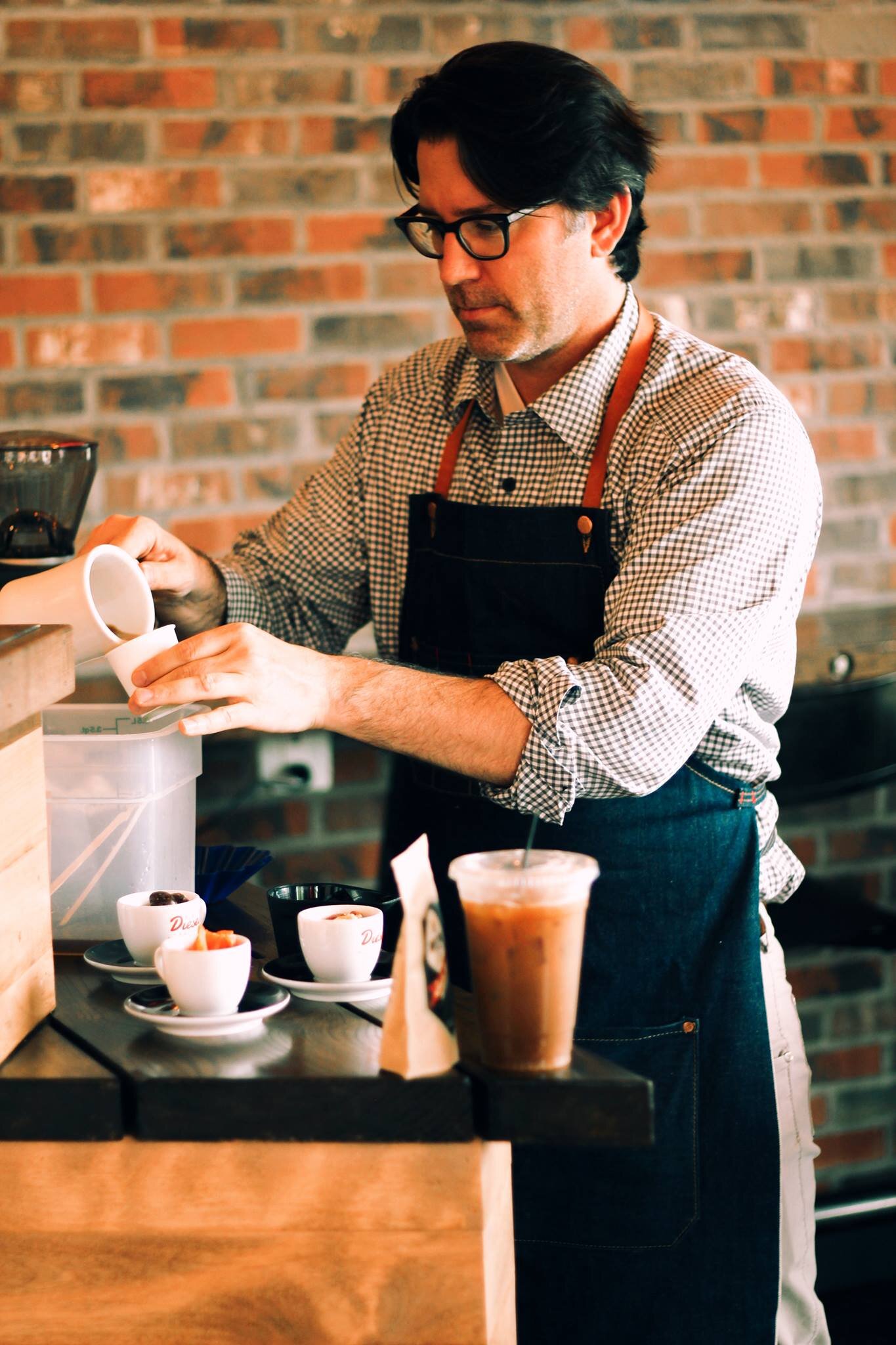Shop Black Diesel Coffee Online
We’re proud to offer our Coffees, Teas, Equipment, and Merchandise online!
COFFEE EXPERTLY ROASTED AT OUR ROASTERY IN ANN ARBOR, MI
|
COFFEE EXPERTLY ROASTED AT OUR ROASTERY IN ANN ARBOR, MI |
SINGLE ORIGIN
LEARN MORE ABOUT OUR COFFEES
BLEND COFFEE
LEARN MORE ABOUT OUR COFFEES
SPECIALTY SKILLS
LEARN ABOUT OUR CURRICULUM







